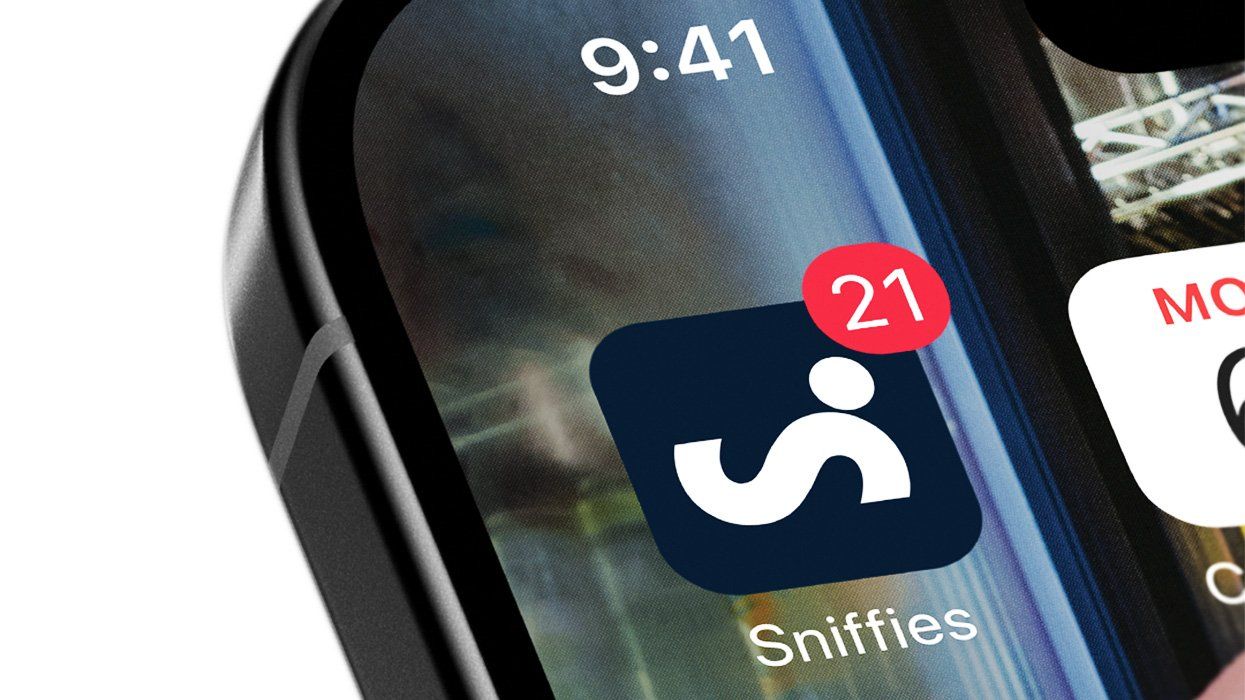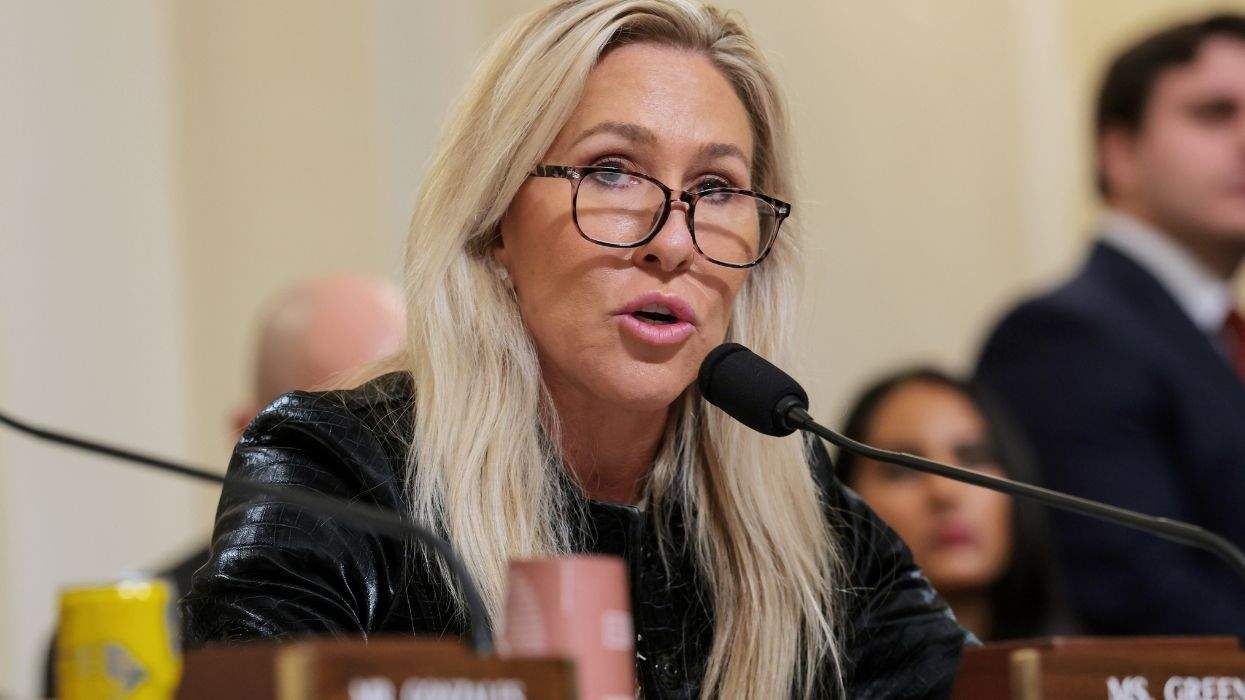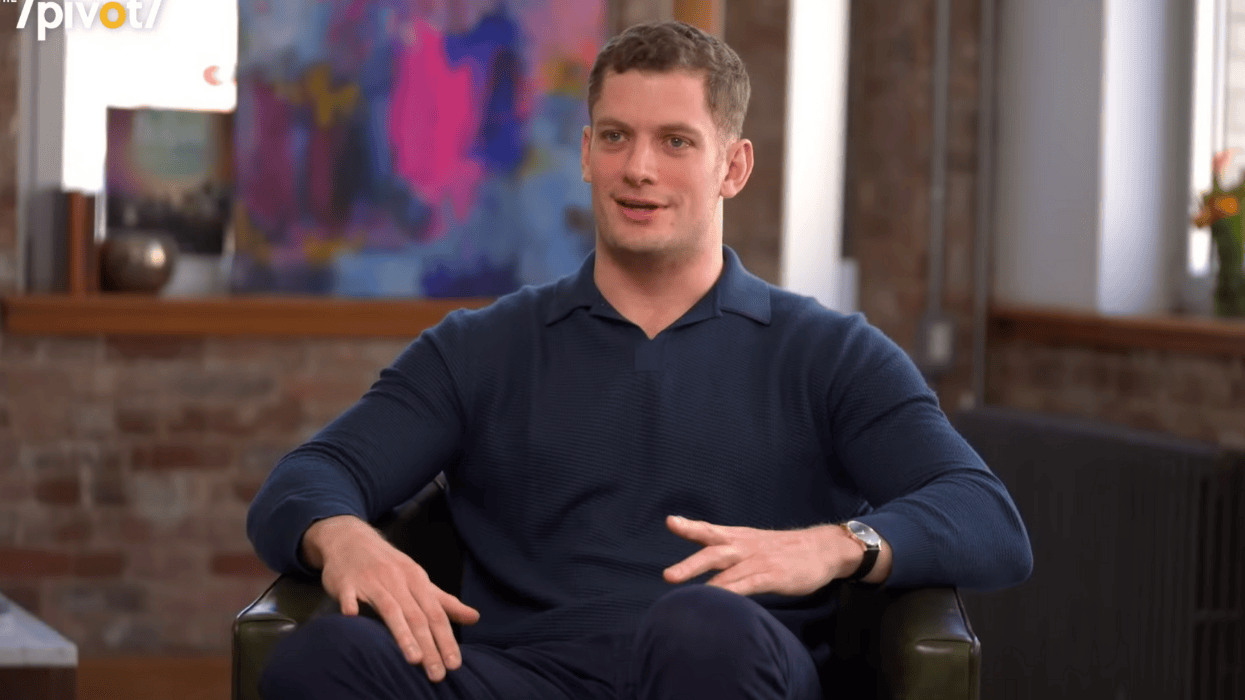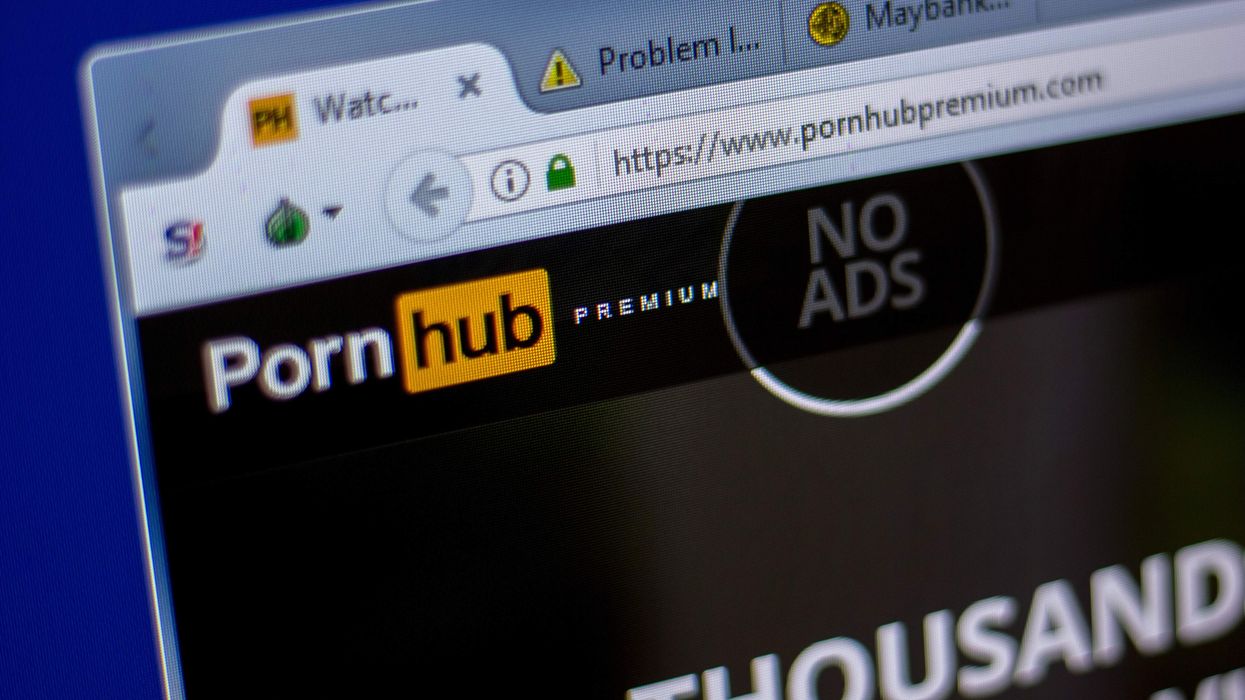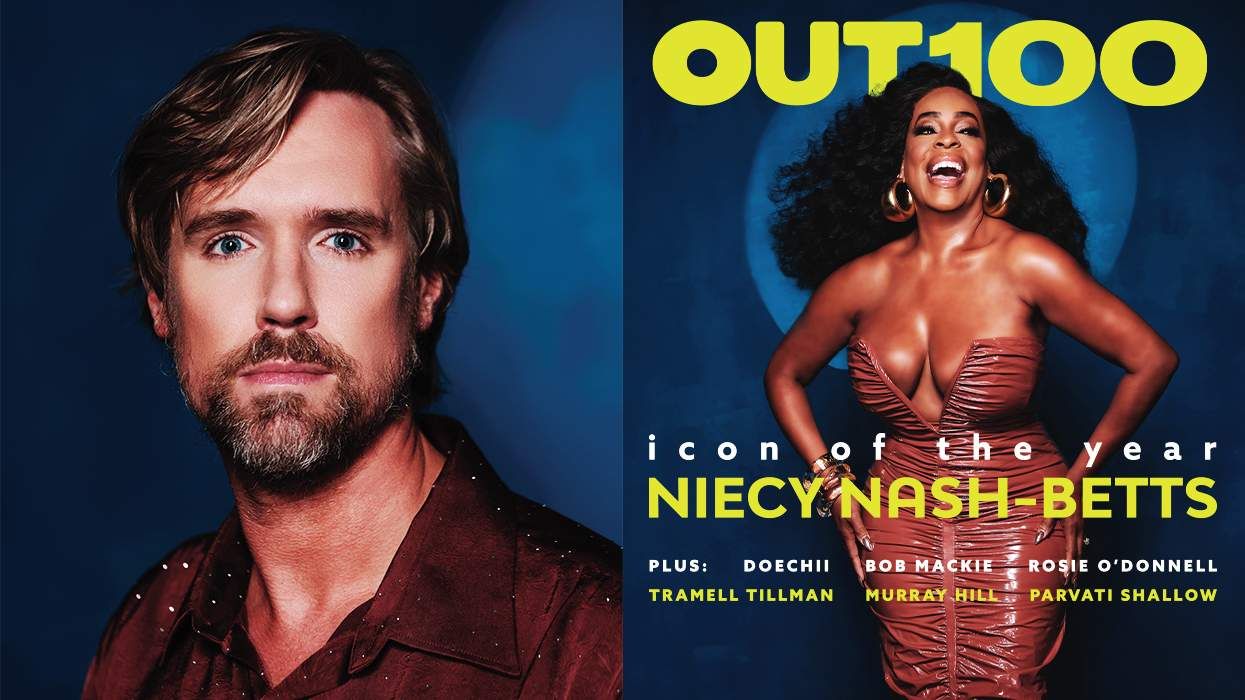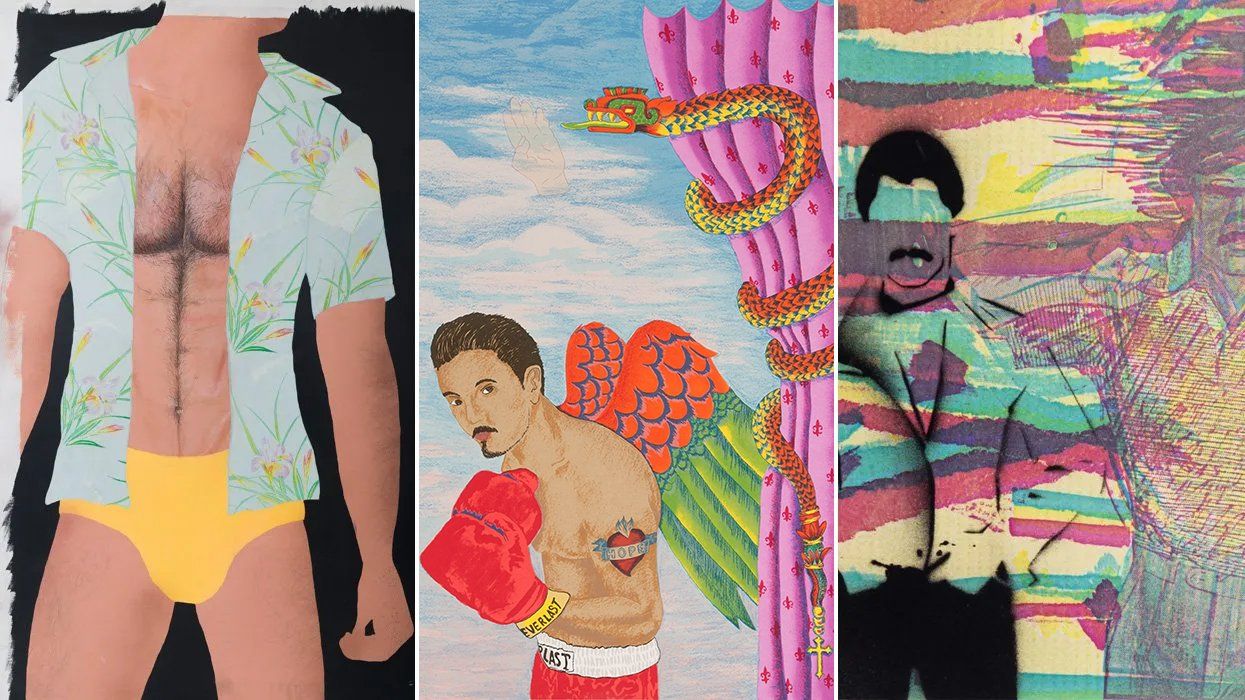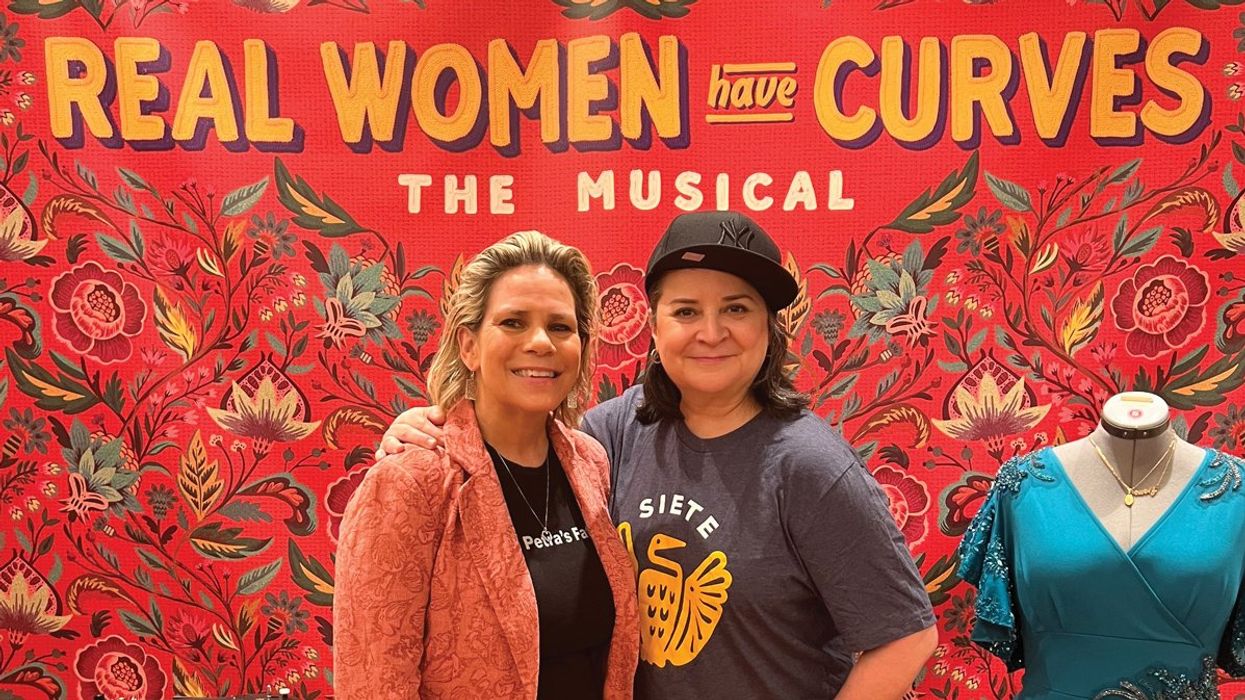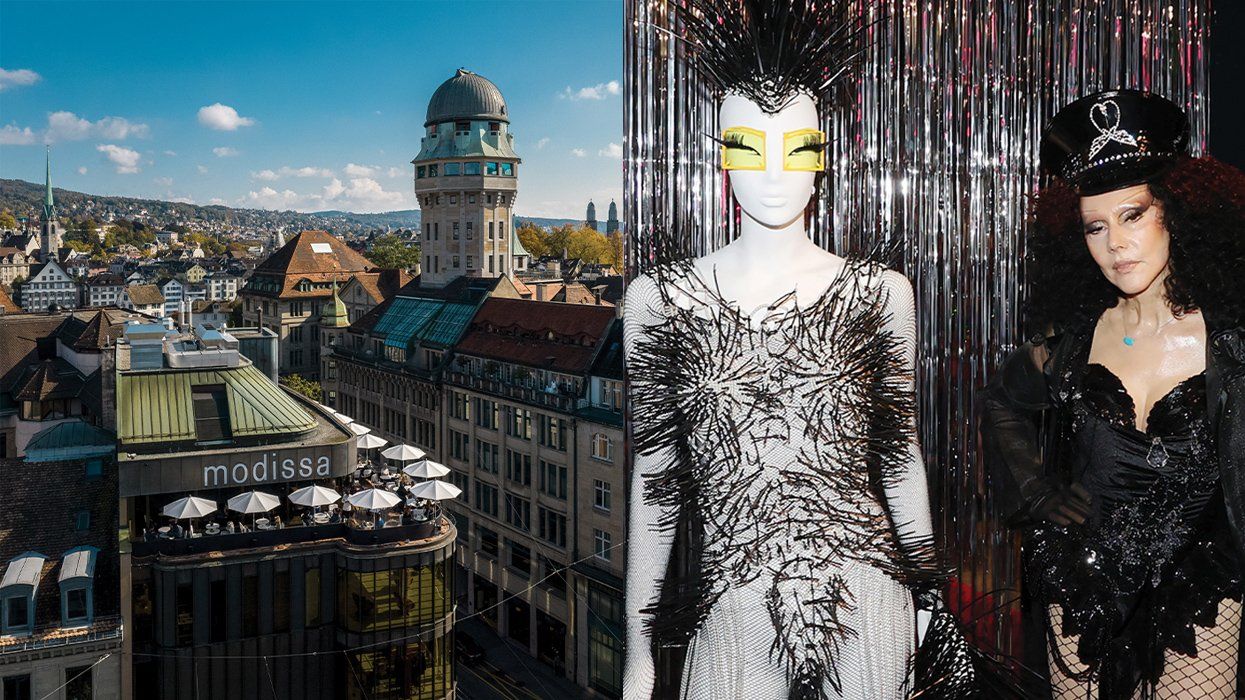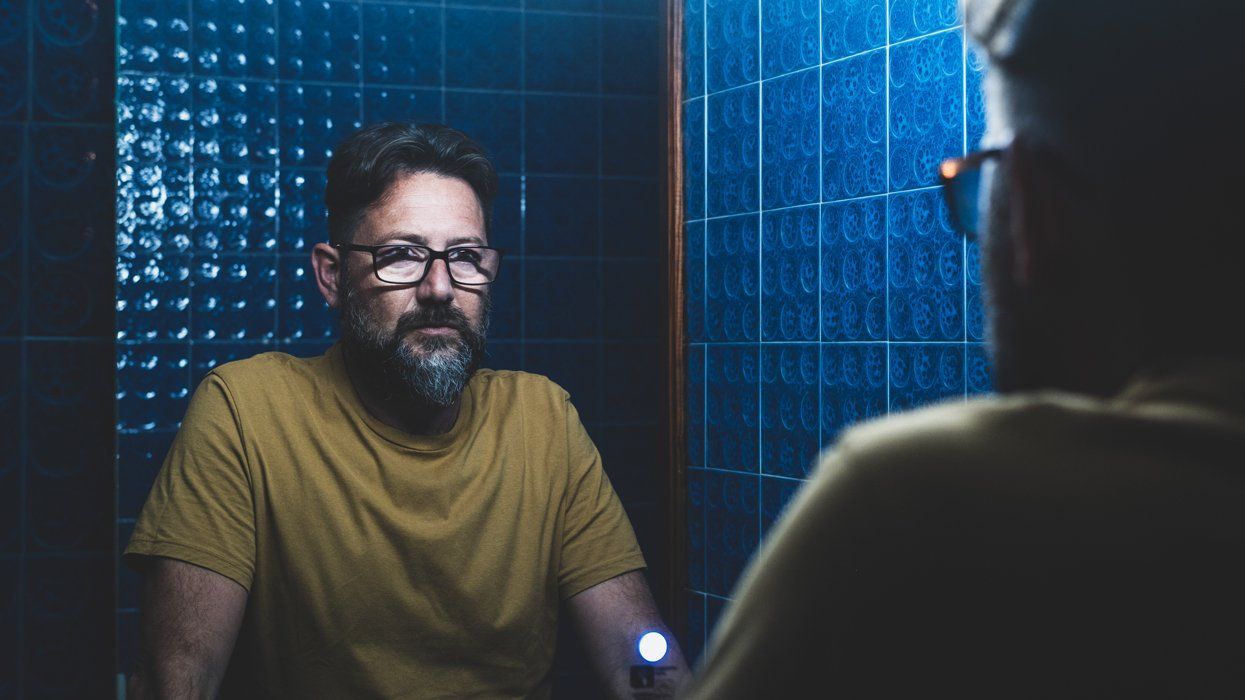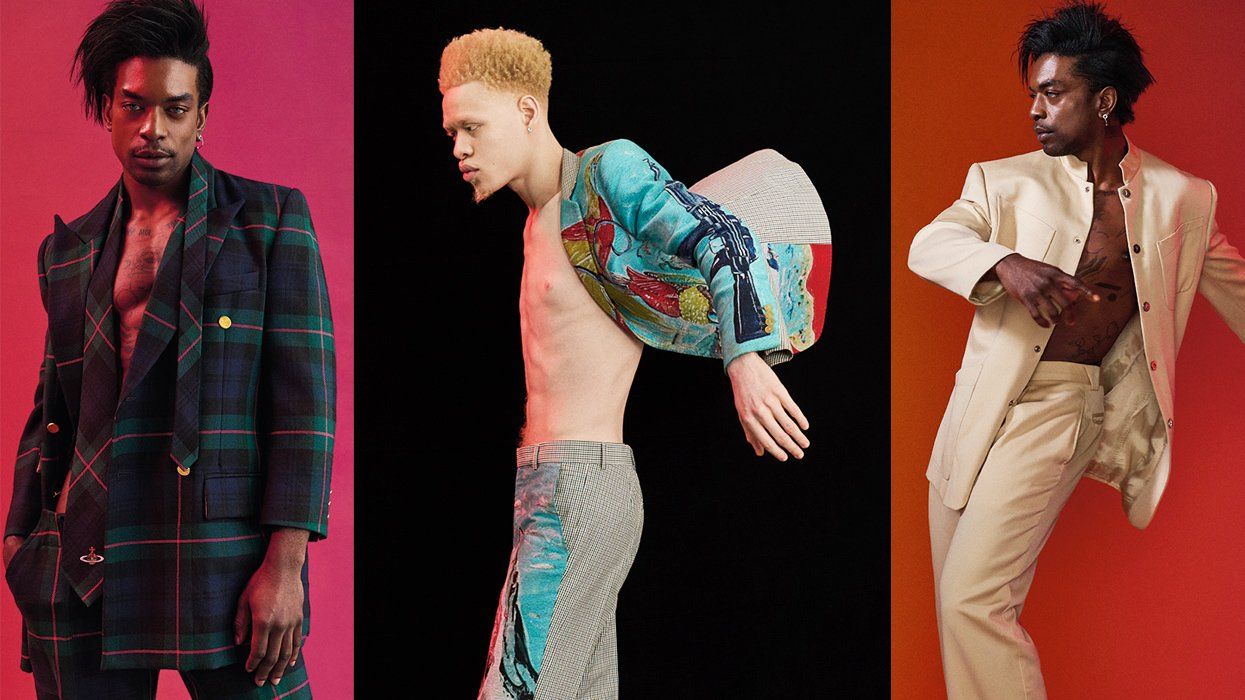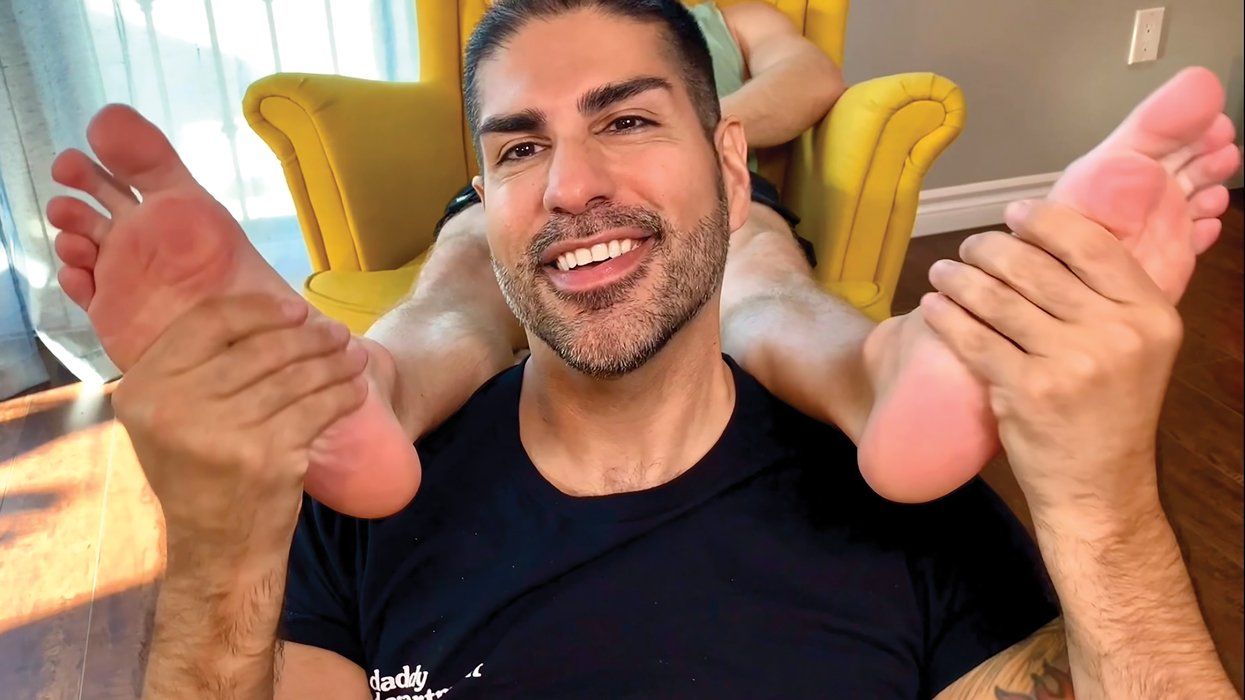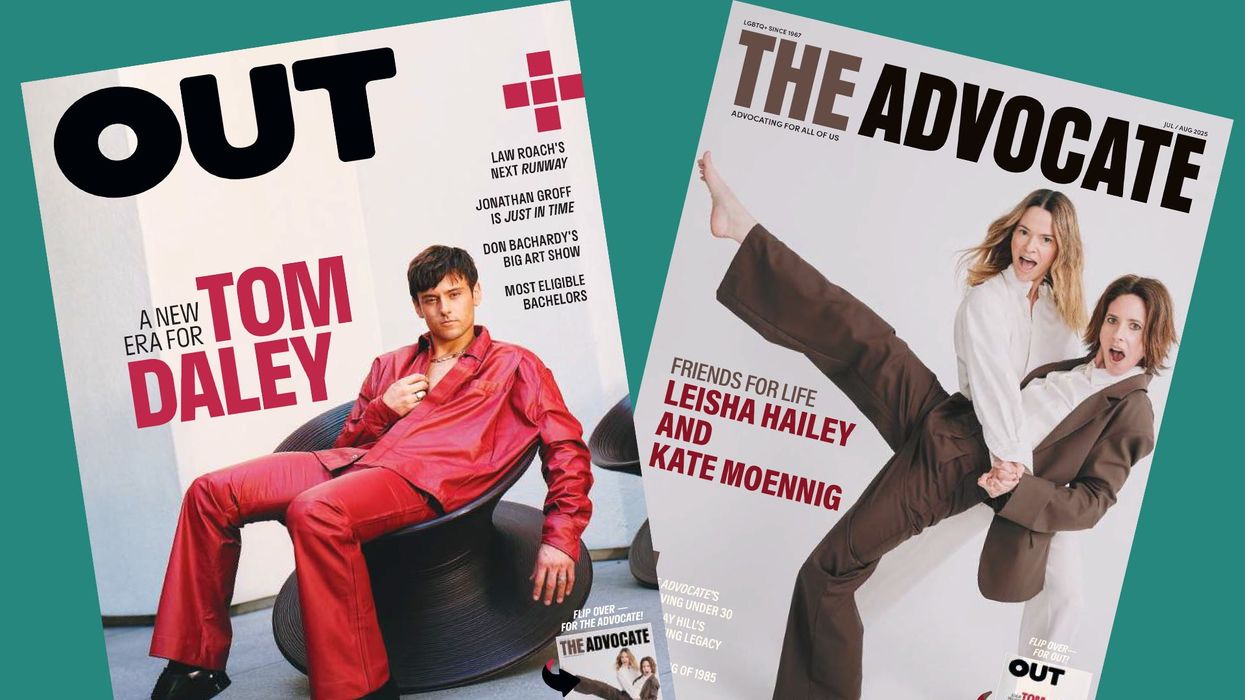Editor's note: The Sniffies app, which launched in March when this interview occurred, is no longer available on Apple's App Store. A statement from the Sniffies: "Due to ongoing content restrictions, the app has been temporarily removed from the App Store. For users who already have the app installed, it will continue to function normally. Our core web app remains fully operational and continues to offer the unfiltered Sniffies experience. We're committed to providing the best experience possible for our community and will share updates as we explore next steps."
After seven years as a browser-only cruising platform, Sniffies officially launched an iOS version March 3. As an app, it joins the ranks of competitors like Grindr and Scruff. But unlike those, with their moderated profile pics (no nudity allowed) and “looking for” options ranging from networking to relationships, Sniffies is still focused on being a tool for finding real, in-person sex.
After I left Grindr and its ilk for good — detailed in a recent Last Call post in this magazine — this news made me conflicted. Was Sniffies off-limits now too?
How the Sniffies app works
Like the browser version, the app shows the approximate location of nearby users in real time. “We wouldn’t have launched an iOS app if we couldn’t keep the magic of Sniffies intact,” says Eli Martin, the platform’s chief marketing officer. “We had to figure out how to make it work without watering it down.”
Sniffies debuted in 2018 as a web-based experiment — part cruising map, part chat room — and developed an underground following. While apps like Grindr and Scruff were chasing venture capital and onboarding new users with photos of gay brunch, Sniffies offered what felt, in the now-crowded field of digitally mediated sex, a bit old-school: real-time, typically anonymous IRL sex.
Now the company has found a way to bring that experience to iOS without violating Apple’s content policies. The solution: “Safer Work Mode.”
This default setting blurs explicit images and turns Sniffies into a toned-down messaging platform. But users can opt out of it by visiting the website and toggling NSFW content back on. It’s a work-around — borrowed from apps like Reddit and X, which remain in Apple’s app store even though they often show explicit imagery.
Here’s how to turn off vanilla mode. By default, the iOS app launches in “Safer Work Mode,” which also filters explicit text. To unlock the full experience, open Sniffies in a web browser, log in to your account, navigate to settings, and toggle NSFW content to “on.” This change will sync with the app automatically.
So, why the Sniffies app? Why now?
“There’s this idea that if something is in the app store, it’s more legitimate,” Martin says. “We knew we needed to meet users where they are without alienating the people who love Sniffies for being different.”
Sniffies started in Seattle, where founder Blake Gallagher first posted Craigslist ads for a used underwear trading site he’d built under the same name. “It was originally supposed to be the eBay of used underwear,” Martin says, laughing. Hence the name. “But Blake quickly realized it wasn’t very monetizable. He shelved it for a while but kept the name.”
Present-day Sniffies is a jump from that original concept, but Martin believes the name still works. “I think about pheromones,” he says. “When you’re attracted to someone’s scent, it’s because they’re genetically different from you. That’s a survival mechanism. I think that’s beautiful and kind of defines what cruising is about. It’s this instinct to sniff people out, literally and metaphorically. The name has layers. Maybe it started as a joke, but it turned out to be the perfect name.”
Sniffies’ interface is map-based. It’s not a grid of profiles, and you can’t keep scrolling to find guys located farther and farther away. The platform restricts you to profiles within a certain radius of your location. If you want to see more, you have to physically get up and move.
On the map, blue pins mark active users near you. Orange pins show known cruising spots — parks, bars, bathrooms, and more. Tap any pin to view someone’s profile, send a message, or check the vibe at a location.
Sniffies isn’t trying to be a gay social network — an accusation that Leo Herrera, author of Analog Cruising, levies against modern app culture, and Grindr in particular. Analog Cruising is both a practical how-to guide and a manifesto for finding sex offline.
Instead of fostering in-person connections, most apps today, like Grindr, attempt to replace in-person connections with a digital facsimile, harming brick-and-mortar gay bars and queer spaces in the process, Herrera contends. Worse, these apps profit from user data, which for queer people is “the most sensitive data we have,” he says.
And they just don’t work so well. “Everyone on the apps arrived for a different party,” Herrera writes. “Some were a blurry torso looking for a 2 a.m. blowjob; others had a dozen portraits and essays for their dream man.… Communication was instant or chats were over the span of days. After all these years, there seemed to be no common etiquette.”
When I interviewed Herrera (for Out about Grindr’s new AI feature), he singled out Sniffies as the only platform he liked. I asked Martin about that. “It’s flattering,” Martin says. “Leo was a guest on our podcast, Cruising Confessions, and he blew my mind. He really knows his history. And what I think he’s picking up on is that Sniffies is about taking action. You open the map, and it’s like a treasure map: Where can I go today? It’s not about endless chatting. It’s about getting out there.”
Martin uses Sniffies when he travels. “I open Sniffies in a new city and see where guys are clustering. You notice: Oh, these bars seem cruisy, or here’s a park I didn’t know about. It creates this hyperlocal community I think is pretty rare now.”
To that end, Sniffies is trying to support IRL spaces, not replace them. “I do believe other apps have contributed to the decline of the gay bar,” Martin says. “So many bars have closed over the last few years, partly because people don’t feel the need to go out anymore. But I think Sniffies is different. I hope we’re helping push people back to those spaces. Bars use Sniffies to promote dark room nights or special events or just to say hey, this place is popping. Endless chat isn’t the goal.”
How to cruise with Sniffies
Here’s how to check into a place on Sniffies. Tap a cruising location or event, and hit “check in.” Others will see that you’re there, or headed there. You can also view who else is checked in and message them before or during the event. All this syncs in real time with the web version, so you can be logged in on your laptop and phone simultaneously.
I asked Martin how to host a “meet,” which he didn’t define explicitly as a sex party, but I could read between the lines. Tap the “+” icon and select “create a meet.” Choose a location: your place, a neutral zone, or on-the-go. Add time, tags, and any limits (e.g., “no poppers,” “loud music OK”). Post it. Others nearby will instantly see it on the map.
Martin says only 33 percent of Sniffies users identify as gay. The rest are bisexual, bi-curious, or straight. Martin feels that for many, discretion is key, and that, he feels, has been a key to Sniffies’ success — it’s a favorite for DL users. That’s why it didn’t originally launch as an app. “A lot of people don’t want the icon on their phone,” Martin explains. “They want to log on, get off, and disappear.”
Still, the app was necessary. Martin says iOS notifications are more reliable and the user experience is cleaner. And for some users, having a native app makes them take the platform seriously. “There are guys who’ve used Sniffies before but didn’t commit to it because it wasn’t in the app store,” Martin says.
I ask him where Sniffies is growing the most. “Frankfurt has become huge this year,” Martin says. “We didn’t promote it at all there; it just kind of happened.” Johannesburg: another new hot spot. “Paris is growing, and London is huge. Toronto’s blowing up. Australia too.”
In Berlin, where I live, Sniffies is “still in its infancy,” Martin says. “But we’re pushing hard there this year.” He hopes the company will be able to organize local events in the coming year (the leaders have their eye on one particular queer music festival, but since details have not been set yet, I can’t name it).
After all this, I decided that Sniffies would be my one online exception because its focus, its mission, was offline and in-person — the terrain I navigate best. I have never been good at apps. Maybe Sniffies is for me.
As Martin puts it: “Cruising is an active word. You go out. You explore. That’s what we’re here for.”
Alexander Cheves is a writer, sex educator, and author of My Love Is a Beast: Confessions from Unbound Edition Press. @badalexcheves
Need dating advice? Email your question to Cheves at askbeastly@gmail.com — you may get an answer in a future column!
This article is part of the Out May/June Pride issue, which hits newsstands May 27. Support queer media and subscribe — or download the issue through Apple News, Zinio, Nook, or PressReader starting May 15.


